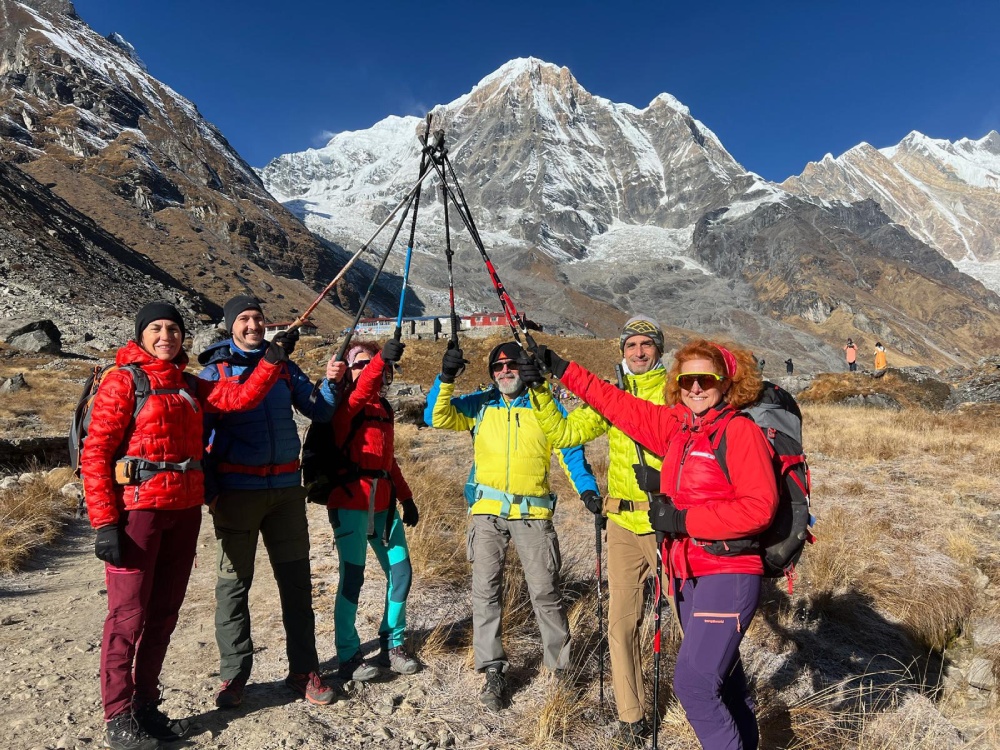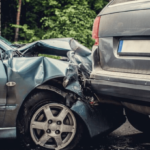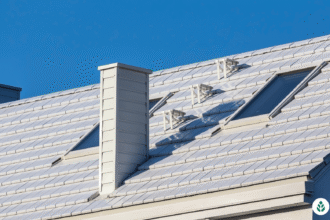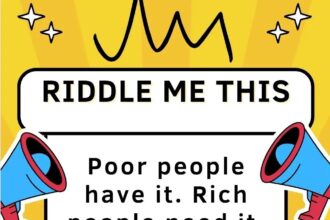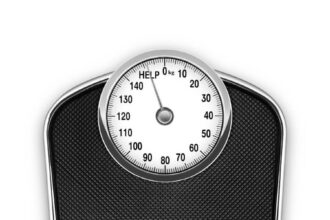Introduction
The Annapurna Base Camp (ABC) trek is one of the most popular trekking routes in Nepal, attracting thousands of local and international adventurers every year. With majestic views, rich culture, and relatively easy access from Pokhara, it’s no surprise this trail continues to rise in popularity.
But in 2025, as the number of trekkers increases and weather patterns become more unpredictable, many are asking the question:
“Is the ABC trek safe?”
In this article, we explore:
- The real risks associated with the trek
- Recent incidents and trends
- Safety for solo and Nepali trekkers
- Practical tips to stay safe
- Expert recommendations from experienced guides and locals
We’ve kept the Nepali context at the center and written in a tone that resonates with everyday people—not just seasoned mountaineers.
- The Real Risks of the ABC Trek
Let’s be honest—no Himalayan trek is 100% risk-free. But that doesn’t mean ABC is dangerous. It simply means you need to understand what you’re getting into.
a) Altitude Sickness (AMS)
Even though ABC sits at 4,130 meters (lower than Everest Base Camp), altitude sickness can still hit—especially if you ascend too quickly.
Common mistakes by Nepali trekkers:
- Trying to complete the trek in 3-4 days from Pokhara
- Skipping acclimatization stops
- Ignoring early signs of AMS (headache, nausea, dizziness)
b) Landslides and Trail Conditions
The trail from Chhomrong to Bamboo and Himalaya to Deurali passes through narrow paths and landslide-prone areas. During monsoon or just after heavy rain, these can become risky.
Recent changes (as of 2024–2025):
- Sections have been re-routed or maintained, but many trails are still slippery during and after rainfall.
- Suspension bridges are mostly in good condition but can be intimidating for beginners.
c) Weather Fluctuations
The weather in the Annapurna region is known for turning quickly. In one hour, you could go from sunshine to hailstorm.
This is particularly risky in:
- Winter (Dec–Feb): Sudden snowstorms above Deurali.
- Monsoon (Jun–Aug): Heavy downpours, flash floods, leeches.
d) Missing Trekkers
Cases of missing or injured trekkers are rare on the ABC trek, but they do happen—especially among solo trekkers who do not inform locals or register properly.
- Recent Incidents (2022–2024 Trends)
Here are some actual events that highlight what can go wrong if trekkers are not cautious:
- Winter 2022: A solo trekker went missing near Machhapuchhre Base Camp (MBC) after ignoring a weather warning. His body was found 10 days later after a snowstorm.
- Monsoon 2023: A landslide between Bamboo and Dovan injured a Nepali trekker who was traveling without a guide or group.
- Spring 2024: Two foreign trekkers suffered frostbite after attempting sunrise photos without gloves above ABC.
While these incidents are exceptions, they’re reminders that nature doesn’t play favorites—whether you’re Nepali or foreign.
- Is it Safe for Solo or Nepali Trekkers in 2025?
Solo Trekkers
- Solo trekking to ABC is still allowed in 2025, unlike restricted areas like Manaslu or Upper Mustang.
- However, solo trekkers must register with TIMS (Trekkers’ Information Management System) and are strongly advised to inform lodges or locals at every stop.
Reality Check:
Even many Nepali solo trekkers avoid hiring guides to save money. That’s fine—but don’t ignore local advice or trail signs.
Nepali Trekkers
- ABC is one of the most accessible and affordable high-altitude treks for Nepalis.
- Many go unprepared, assuming it’s “easy”—but that’s exactly when problems arise.
- Often, Nepali trekkers underestimate the cold, lack proper rain gear, or push themselves too hard without rest.
If you’re a Nepali trekker in 2025, don’t skip safety just because the trail feels familiar.
- Smart Tips for Staying Safe on the ABC Trek
If you want your trek to be memorable for the right reasons, here are some proven safety tips:
a) Don’t Rush
- Take at least 6–7 days from Pokhara round trip.
- Sleep at Deurali before pushing to ABC to avoid altitude sickness.
b) Check the Weather Daily
- Use apps like Windy or ask at the lodge.
- If there’s a storm warning, delay your hike—no summit is worth the risk.
c) Avoid Trekking After 3 PM
- Visibility drops fast, especially in forested areas like Bamboo or Sinuwa.
- Wild animals (bears, langurs) are rarely dangerous but more active in the evening.
d) Register and Share Itinerary
- Whether you’re solo or in a group, register at TIMS checkpoints and let family or friends know your plan.
e) Pack Light but Smart
- Carry basic first aid, water purification tablets, emergency whistle, and thermal layer—even in spring.
f) Use Trekking Poles
- They reduce knee strain and improve balance on slippery trails.
- Expert Advice from Guides and Locals
We asked several local guides and lodge owners from Chhomrong and Deurali what advice they’d give to 2025 trekkers:
“The biggest problem is overconfidence. People think ABC is easy because it’s lower than Everest, but they push too fast and ignore the signs. Go slow, eat warm food, and respect the mountain.”
– Dawa Tamang, guide from Ghandruk
“Always ask locals about the trail ahead. We live here. We know when a bridge is down or a trail has a landslide. Use our experience.”
– Aama Maya, teahouse owner in Bamboo
“Solo trekkers are welcome, but at least pair up for the upper sections. And don’t wander off the trail just for better photos. That’s how people get lost.”
– Bimal Gurung, ACAP staff at Chhomrong
Conclusion: Is the ABC Trek Safe in 2025?
Yes—if you take it seriously.
ABC is one of the safest high-altitude treks in Nepal. The trail is well-marked, the tea house network is excellent, and you don’t need special permits or gear like crampons or tents.
But the real danger comes from underestimating nature. Whether it’s altitude sickness, fast-changing weather, or just poor planning, the risks are real. The good news? They’re all avoidable with basic awareness.
If you want a trek that’s challenging but achievable, remote but accessible, and beautiful without breaking the bank, then ABC in 2025 is still a top choice.
Just trek smart.


